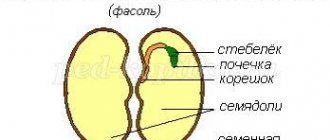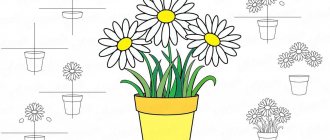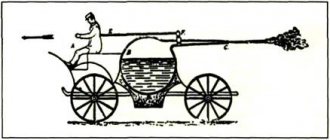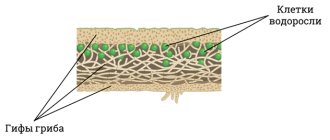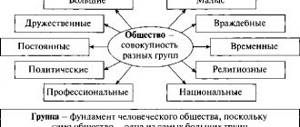Project "Indoor plants"
Summing up the project, we note that children know the names of many plants growing in a group and at home, describe their appearance in detail, note significant features, name above-ground and underground parts, know about some medicinal plants, the origin of plants, their life in their homeland; they know about the role of light, heat and moisture in the life of plants, about the features of caring for individual plants, they are able to notice that some plants need changing conditions for their normal growth and development, they know the features of plant propagation (by cuttings, children).
Students are happy to independently care for plants in a corner of nature - water the flowers, spray them, and carefully loosen the soil. They help adults with replanting: identify the plant, select the right size pot, prepare sand and soil, help replant, take cuttings of plants, fertilize with a solution prepared by the teacher.
Relevance
The world around us is changing rapidly. These changes are caused by scientific and technological progress, new technologies, new materials. Man is increasingly influencing the environment through his life activities, so many of the changes that occur are of an environmental nature.
Today, in preschool education aimed at the future, the environmental component should become dominant. It is environmental education that forms a truly human attitude towards nature, determines the permissible limits of its transformation, the assimilation of socio-natural patterns and standards of behavior under which the further existence and development of man is possible. Therefore, our main task is to create in preschoolers, first of all, an attitude towards a healthy lifestyle, instill in them elements of environmental culture, and form an environmental consciousness.
The draft federal law “On Ecological Culture”, the concept of preschool education, emphasizes that it is in preschool age that ethical principles of attitude towards nature are laid down. The goal of environmental education for preschoolers is to develop an ecological culture, that is, to develop the skills of humanely effective and emotional-sensual interaction with natural objects, children’s understanding of the elementary relationships that exist in nature, and the peculiarities of interaction between man and society.
With this work, I wanted to draw attention to such a problem as developing children’s need for knowledge of nature, the plant world, and increasing environmental literacy.
Practical and research activities play a major role in the environmental education of older preschoolers. Conducting your own research and observations allows you to generalize, analyze and promote environmentally literate behavior that is safe for nature and your own health.
Options for compositions for drawing indoor plants in the preparatory group
Traditionally, drawing a houseplant is offered to preparatory group students in the first half of the year (October). The main objective of such an activity is to convey the key features of the plant and the shape of the pot. Since a variety of plants are presented in the group nature corner in senior preschool age, drawing from life can be organized (the teacher selects any plant with bright distinctive features).
The topic of the lesson can be designated as more specific, for example, “Cactus”, “Violet”, “Sansevieria”, etc.
Another option is drawing based on the theme “My favorite indoor flower”: the selected plant may not grow in a group, but only, for example, in a child’s home.
In the preparatory group you can also practice drawing two indoor plants at once. To do this, the teacher selects specimens that differ from each other in stem height, color of leaves and flowers, and shape of inflorescences. A suitable topic would be, for example, “Begonia and Sansevieria.”
This lesson can also be done on the eve of March 8th or Mother’s Day - draw a beautiful flowering plant (“Violet”, “Geranium”, “Amaryllis”, “Begonia”) as a gift for mom.
